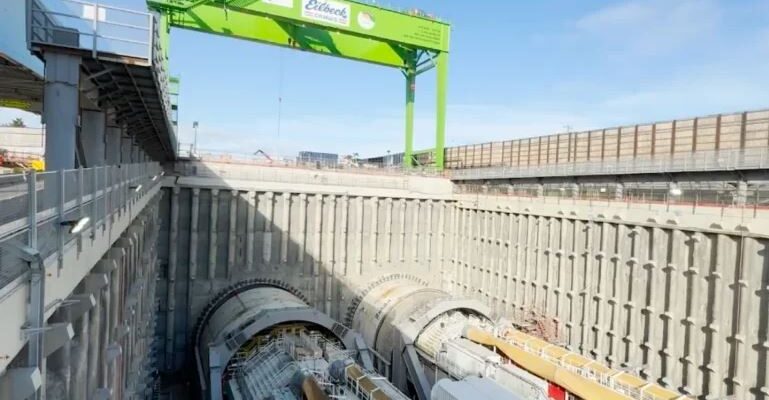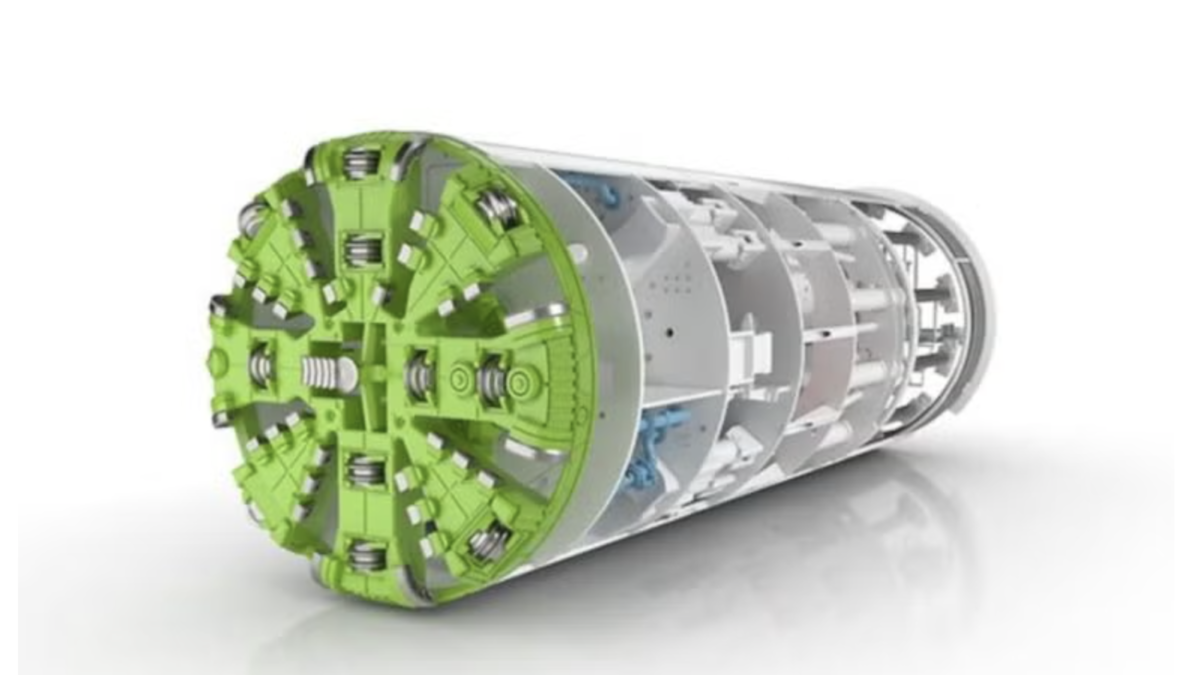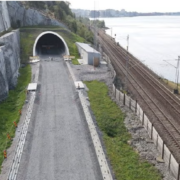
In order to advancing the Melbourne’s North East Link tunnels project, Spark Consortium has commissioned a second TBM.
Being named after local pioneering neonatal paediatrician Dr Gillian Opie, TBM Gillian is following TBM Zelda which;s date of launch was August and has already progressed over 200m. The daily advancement of these two TBMs will be almost 10m and up to 45m underground as they help construction of the tunnels that are due to pass traffic beneath instead of through local suburbs.
The quantity of concrete segments that two Herrenknecht TBMs will install along the 6.5km-long tunnels is approximately 44,000, whereas with a 15.6m diameter, 90m long and weighs more than 4,000 tonnes, they are among the biggest TBMs used in the southern hemisphereach.
By using 100% renewable electricity, these tunnels are slated to be built and soil and rock from the tunnels will be reused across North East Link and other transport sites where possible.
Along with continuing TBMs’ journey from Watsonia to Bulleen, more tunneling has commenced between Manningham Road and Trinity Grammar, with five road headers excavating a southern section of the North East Link tunnels. Some of the road headers have been refurbished after working on the Metro Tunnel.
The scheduled date for pursue tunneling process across the project is until 2026 and the North East Link is expected to inaugurate in 2028. As the longest road tunnels in Victoria, the twin three-lane tunnels will link the M80 Ring Road to the Eastern Freeway.
The contract to build, operate and maintain the tunnels and key interchanges, is up to Spark consortium, comprising Webuild, GS Engineering and Construction, CPB Contractors, China Construction Oceania, Ventia, Capella Capital, John Laing Investments, DIF and Pacific Partnerships.
















